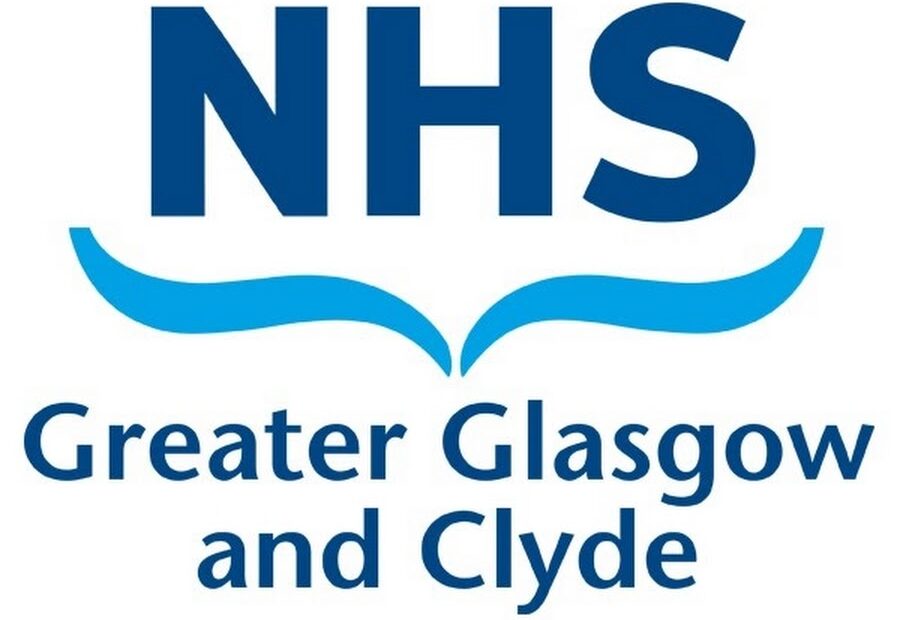- Weekend service bolstered with new Sunday service based at IRH.
- Enhanced patient transport service in place.
- Campaign to be delivered to help patients understand how to access service.
Following an extensive engagement process, the Board of NHS Greater Glasgow and Clyde has today (Tuesday, 30 April 2024) approved a proposal on the future of its GP Out of Hours (GPOOH) service.
The decision moves the urgent GPOOH service from business continuity to a permanent model based on a telephone first approach, supported by home visiting and access to one of five Primary Care Emergency Centres for those who need to be seen face-to-face.
The five centres are based at New Victoria Hospital, New Stobhill Hospital, Royal Alexandra Hospital, Vale of Leven Hospital and Inverclyde Royal Hospital.
Transport is now routinely offered to every patient to attend an appointment if required, free of charge. And following a review of demand and capacity, and in response to feedback from the public, the centre within Inverclyde will now be extended to include a Sunday 10am-4pm service.
The new arrangement was approved by the NHSGGC Board on Tuesday 30 April, following a vote which saw the proposal supported by the majority of members.
The Board decision follows a formal engagement process which gained very positive levels of participation and involvement ranking among the highest in relation to engagement or consultation exercises for NHS Boards in Scotland. It achieved 2,923 responses with engagement activities involving over 1,000 people.
The engagement process was assured independently by Healthcare Improvement Scotland (HIS) who provided advice and support throughout.
In general, there was overall support from the 2,923 respondents for the model, with 67% indicating support. Support was greater when looking at those with experience of using the service (76% support) and strengthened further when looking at those that had used it most recently (81% support).
In five of the six Health and Social Care Partnership areas, there was strong support for the proposed model. This was in contrast to Inverclyde where only 22% of the general public were in favour, with a desire expressed for a return to a seven-day primary care emergency centre at Inverclyde. The Board heard, however, that support for Inverclyde residents who had recent experience of the service was considerably higher at 68%.
The Board heard that options for Inverclyde had been explored however there was not enough demand during the evening mid-week for the return of a seven-day service.
On average four patients a night from the Inverclyde area require to be seen face-to-face between 6pm and 8am, insufficient for the two GPs required to staff each centre.
Dr Kerri Neylon, OBE, Deputy Medical Director for Primary Care, said: “Following four years in business continuity and significant service redesign with resultant improvements in stability and effectiveness, and increasingly positive patient feedback, we’re confident the service effectively meets the needs of our patients, increasing accessibility and offering more ways than ever before to engage with out of hours GP services.
“I’d like to thank our colleagues who have worked so hard to make the changes and support the development of a robust, safe and sustainable service.
“I’d also like to thank everyone involved in the engagement process, including community groups, local clinicians, political stakeholders, and most importantly, patients and the public for their contribution.
“Through our engagement we heard from many people who supported the proposal. We also heard strong views in Inverclyde for local face-to-face access. In response to this, we have agreed to expand the PCEC hours at Inverclyde to include a Sunday service.”
Background
In February 2020, NHSGGC Board took the decision to move to business continuity in response to these challenges.
During this business continuity period, NHSGGC has undertaken a series of steps to enhance service delivery, stability, safety, and patient experience.
This included moving to an appointment-only system, the introduction of a telephone-first model for many consultations, the implementation of virtual consultations, improved patient transport services, and maintaining and enhancing the home visiting service.
These improvements further increased the ways in which people can access the service.

